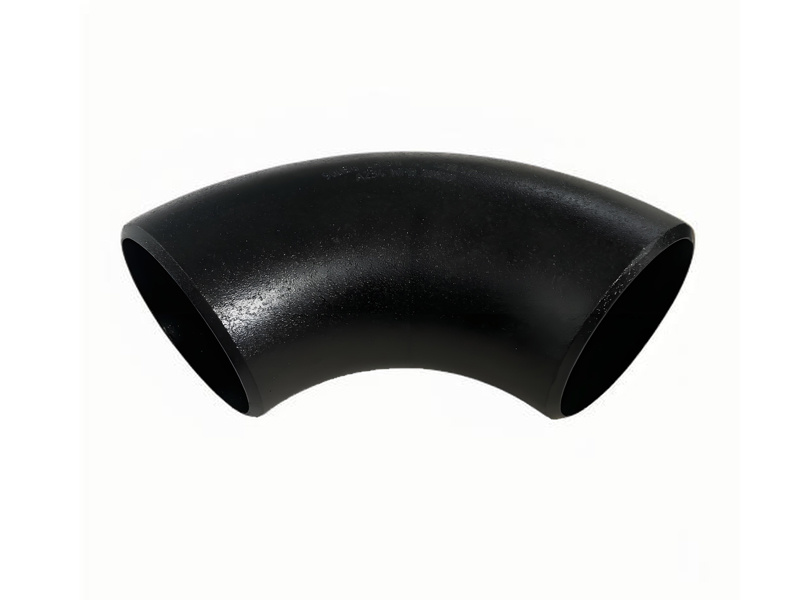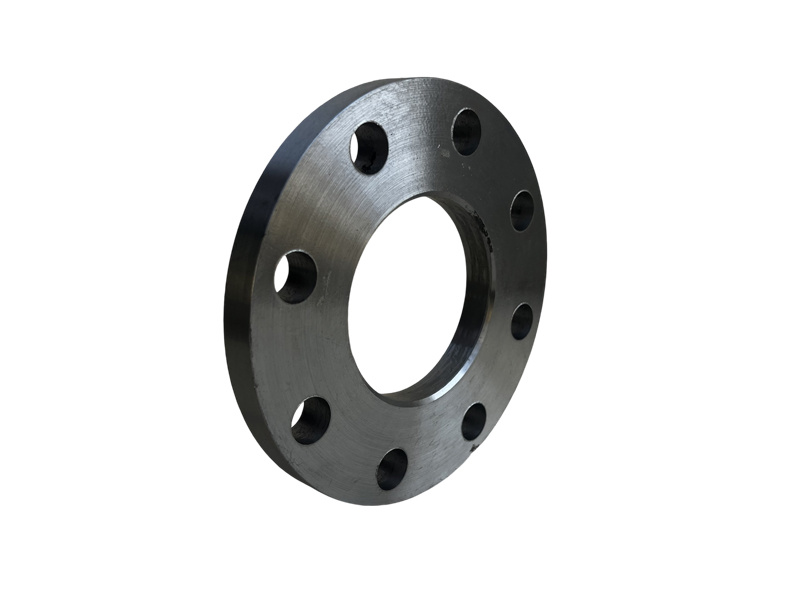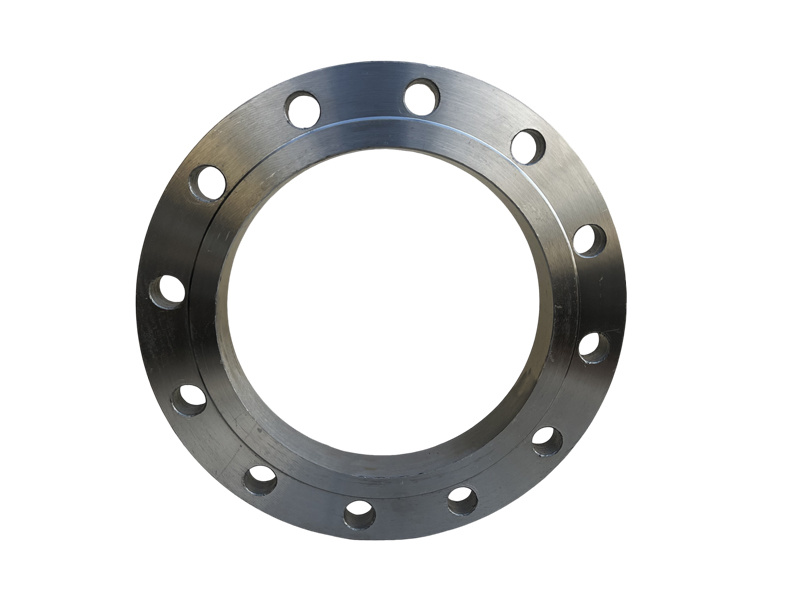-
Comparing JIS B2220 10K Flange with International Standards: A Comprehensive Guide
Date:
30 Jul,2025
Introduction to JIS B2220 10K Flange and International Standards In the realm of piping systems and connections, flanges play a crucial role in ensuring the integrity and efficiency of fluid transportation. Among the various standards governing flange specifications, the JIS B2220 10K flange is notable in Japan and increasingly recognized worldwide. This article aims to provide a detailed comparis
Introduction to JIS B2220 10K Flange and International Standards
In the realm of piping systems and connections, flanges play a crucial role in ensuring the integrity and efficiency of fluid transportation. Among the various standards governing flange specifications, the JIS B2220 10K flange is notable in Japan and increasingly recognized worldwide. This article aims to provide a detailed comparison between the JIS B2220 10K flange and international standards, highlighting critical differences, similarities, and applications.
Understanding Flanges: An Overview
Flanges are mechanical components used to connect pipes, valves, pumps, and other equipment in various industrial applications. Their primary function is to facilitate a secure and leak-proof connection, ensuring the safe transit of fluids.
The Importance of Flange Standards
Standards play a crucial role in flange production, ensuring consistency, safety, and reliability. Different regions and industries have established various standards, including:
1. **JIS (Japanese Industrial Standards)**
2. **ANSI (American National Standards Institute)**
3. **DIN (Deutsches Institut für Normung) - Germany**
4. **BS (British Standards)**
What is JIS B2220 10K Flange?
The JIS B2220 10K flange is a Japanese standard that defines the specifications for flanges used in piping systems. The "10K" designation indicates the pressure rating of the flange, which is suitable for use in systems operating up to 10 MPa (approximately 1450 psi).
Material Properties of JIS B2220 10K Flange
The flanges are typically made from various materials, including:
- **Carbon Steel**
- **Stainless Steel**
- **Alloy Steel**
These materials are chosen based on their mechanical properties, corrosion resistance, and suitability for specific applications.
Comparing JIS B2220 10K with ANSI Flange Standards
The ANSI flange standard is widely recognized and used in North America. When comparing JIS B2220 10K flanges with ANSI standards, it is essential to consider the following factors:
Design Specifications
While both standards aim to ensure strong, leak-proof connections, there are notable design differences:
1. **Bolt Patterns**: The JIS B2220 10K flange features different bolt hole configurations than ANSI flanges, which can affect compatibility.
2. **Dimensions**: The JIS standard often has different dimensions compared to ANSI dimensions, influencing installation considerations.
Pressure Ratings
The pressure ratings of flanges are critical for safe operation. The JIS B2220 10K flange is rated for up to 10 MPa, comparable to ANSI Class 150 and Class 300 flanges, which have varying pressure ratings based on size and material.
Material Compatibility
Both standards allow for various materials; however, the specific grades and specifications can differ. For instance, ANSI flanges often specify A105 for carbon steel flanges, whereas JIS may have alternative material designations.
Comparing JIS B2220 10K with DIN Flange Standards
The DIN standard is prevalent in Europe. Here’s how JIS B2220 10K flanges stack up against DIN standards:
Dimensional Specifications
DIN flanges, such as DIN 2573, have distinct dimensional requirements, leading to variations in bolt hole spacing and overall flange size compared to JIS B2220 10K flanges.
Pressure Ratings
DIN flanges have standardized pressure ratings, with options like PN6, PN10, and PN16, which may align closely with or differ from the JIS B2220 10K rating.
Material Standards
DIN standards include specific material classifications, such as P235GH for steel flanges, which may not have direct equivalents in the JIS system.
Comparing JIS B2220 10K with BS Flange Standards
British Standard flanges are also widely used. The comparison highlights:
Design and Dimensions
BS flanges, like BS 4504, may have different dimensional characteristics compared to JIS B2220 10K flanges, affecting interchangeability.
Pressure Compatibility
BS flanges are rated under different classifications (e.g., Class 150, Class 300), which need careful consideration when matching with JIS B2220 10K flanges.
Material Specifications
British standards specify material grades, such as S235 and S275, which may lead to differences in strength and corrosion resistance.
Applications of JIS B2220 10K Flange
Understanding the specific applications of the JIS B2220 10K flange can help industries choose the right flange for their needs:
Industrial Applications
JIS B2220 10K flanges are commonly used in:
- **Chemical Processing**
- **Oil and Gas**
- **Water Supply Systems**
Advantages of Using JIS B2220 10K Flanges
The advantages include:
1. **Reliability**: High-pressure rating ensures safe operation.
2. **Versatility**: Compatible with various materials for specific applications.
3. **Standardization**: Ensures consistency in manufacturing.
Installation and Maintenance of JIS B2220 10K Flanges
Correct installation and maintenance are crucial for the longevity and performance of JIS B2220 10K flanges.
Installation Guidelines
1. **Surface Preparation**: Ensure the flange surfaces are clean and free of debris.
2. **Alignment**: Proper alignment is crucial for effective sealing.
3. **Torque Specifications**: Follow manufacturer guidelines for bolt torque to avoid leaks.
Maintenance Practices
1. **Regular Inspections**: Check for corrosion, wear, and leaks.
2. **Seal Replacement**: Replace seals promptly to maintain integrity.
3. **Cleaning**: Regular cleaning can prevent buildup and corrosion.
Challenges in Flange Comparisons
Comparing flanges across different standards can present challenges:
Material Variability
Different standards may classify materials differently, complicating direct comparisons.
Compatibility Issues
Interchanging flanges from various standards without careful consideration can lead to installation difficulties and safety risks.
Conclusion
The JIS B2220 10K flange is essential in various piping systems, particularly in Japan and regions adopting JIS standards. While it compares favorably with international standards like ANSI, DIN, and BS in certain aspects, careful consideration is required regarding design specifications, material properties, and pressure ratings.
By understanding these parameters, engineers and procurement professionals can make informed decisions when selecting flanges for their projects, ensuring safety and efficiency in their applications.
Frequently Asked Questions (FAQs)
1. What is the pressure rating of the JIS B2220 10K flange?
The JIS B2220 10K flange is rated for use in systems operating up to 10 MPa (approximately 1450 psi).
2. How does the JIS B2220 10K flange differ from ANSI flanges?
The primary differences lie in the design specifications, pressure ratings, and material classifications, which can affect compatibility and installation.
3. Can JIS B2220 10K flanges be used in high-temperature applications?
Yes, depending on the material used, JIS B2220 10K flanges can be suitable for high-temperature applications, but material selection is crucial.
4. What materials are commonly used for JIS B2220 10K flanges?
Common materials include carbon steel, stainless steel, and alloy steel, each chosen based on specific application requirements.
5. Are JIS B2220 10K flanges interchangeable with other standards?
Interchangeability depends on the specific design and material properties, so it is essential to verify compatibility before use.Related News
31 Jul,2025
Understanding Butt Weld Elbows: Essential Components for Efficient Piping Systems
Butt weld elbows are critical components in piping systems, particularly in the construction and decorative materials industry. These fittings, designed to facilitate a smooth change in direction of pipes, play a vital role in ensuring the efficiency and effectiveness of fluid transport. A butt weld elbow connects two pieces of pipe at an angle, typically 90 or 45 degrees. The name "butt weld" co
30 Jul,2025
Comparing JIS B2220 10K Flange with International Standards: A Comprehensive Guide
Introduction to JIS B2220 10K Flange and International Standards In the realm of piping systems and connections, flanges play a crucial role in ensuring the integrity and efficiency of fluid transportation. Among the various standards governing flange specifications, the JIS B2220 10K flange is notable in Japan and increasingly recognized worldwide. This article aims to provide a detailed comparis
29 Jul,2025
Understanding BS10 Table D Flanges: Essential Knowledge for Construction and Decoration
When it comes to the construction and decoration materials sector, particularly in piping and fittings, understanding the specifics of components like BS10 Table D flanges is crucial. These flanges are part of the British Standard 10 (BS10) specification, which outlines the dimensions, tolerances, and material requirements for flanges used in various applications. Table D flanges, in particular, a
Contact information
Address: North Ring Industrial Zone, Mengcun County
Telephone: 86 0317- 6729218 86 0317-6727320
Fax: 0317-6727310
mobile phone: 86 13833761688whatsapp: 86-13780271039
Email: shengyuanflange@163.comLeave Message










